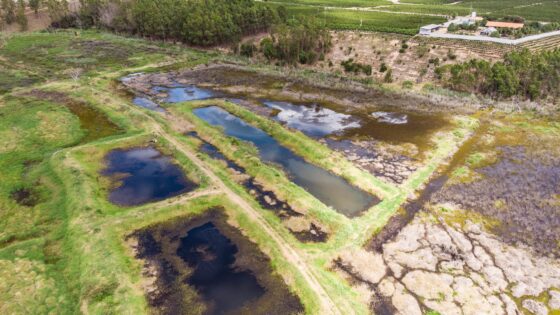BHP Brazil dam collapse ruling: tailings design and liability lessons for engineers
Reviewed by Tom Sullivan

First reported on New Civil Engineer
30 Second Briefing
The UK High Court has found BHP Group liable for the 2015 failure of the Fundão tailings dam in Mariana, Brazil, which killed 19 people and polluted around 600km of the Rio Doce and coastal waterways. The ruling concerns the collapse of an upstream tailings structure jointly owned via Samarco, which released tens of millions of cubic metres of iron ore waste and devastated multiple downstream communities. The judgment opens the door to large-scale civil claims in England, sharpening scrutiny of tailings design, monitoring and governance for UK-listed miners operating overseas.
Technical Brief
- Legal findings scrutinise corporate oversight of tailings design, operation and risk management across multinational ownership structures.
- Investigation workstreams have centred on failure mode analysis of upstream raises, liquefaction susceptibility and operational controls.
- Post-failure monitoring has focused on downstream contamination pathways, sediment transport and long-term water quality impacts.
- Remediation programmes must address stabilisation of remaining deposits, riverine sediment management and progressive ecosystem recovery.
- For tailings facilities globally, upstream designs now face tighter scrutiny, with stronger expectations on independent review and disclosure.
Our Take
Within the 22 Failure/Safety-tagged pieces in our database, this is one of the few involving a UK-headquartered major like BHP Group, signalling that legal and ESG scrutiny is now extending more visibly to top-tier diversified miners rather than just local operators.
The contamination of roughly 600 km of Brazilian waterways means any subsequent BHP Group tailings or water-management designs will likely face tougher permitting and independent review in Brazil and other host countries, with regulators using this case as a benchmark for ‘worst credible’ failure scenarios.
For UK- and Australia-based mining engineers, a High Court liability finding tied to an overseas failure increases the practical importance of aligning design, monitoring and emergency planning not only with host-country codes but also with UK/Australian corporate governance and due-diligence standards.
Prepared by collating external sources, AI-assisted tools, and Geomechanics.io’s proprietary mining database, then reviewed for technical accuracy & edited by our geotechnical team.
Related Articles
Related Industries & Products
Mining
Geotechnical software solutions for mining operations including CMRR analysis, hydrogeological testing, and data management.
Construction
Quality control software for construction companies with material testing, batch tracking, and compliance management.
CMRR-io
Streamline coal mine roof stability assessments with our cloud-based CMRR software featuring automated calculations, multi-scenario analysis, and collaborative workflows.
HYDROGEO-io
Comprehensive hydrogeological testing platform for managing, analysing, and reporting on packer tests, lugeon values, and hydraulic conductivity assessments.
GEODB-io
Centralised geotechnical data management solution for storing, accessing, and analysing all your site investigation and material testing data.


